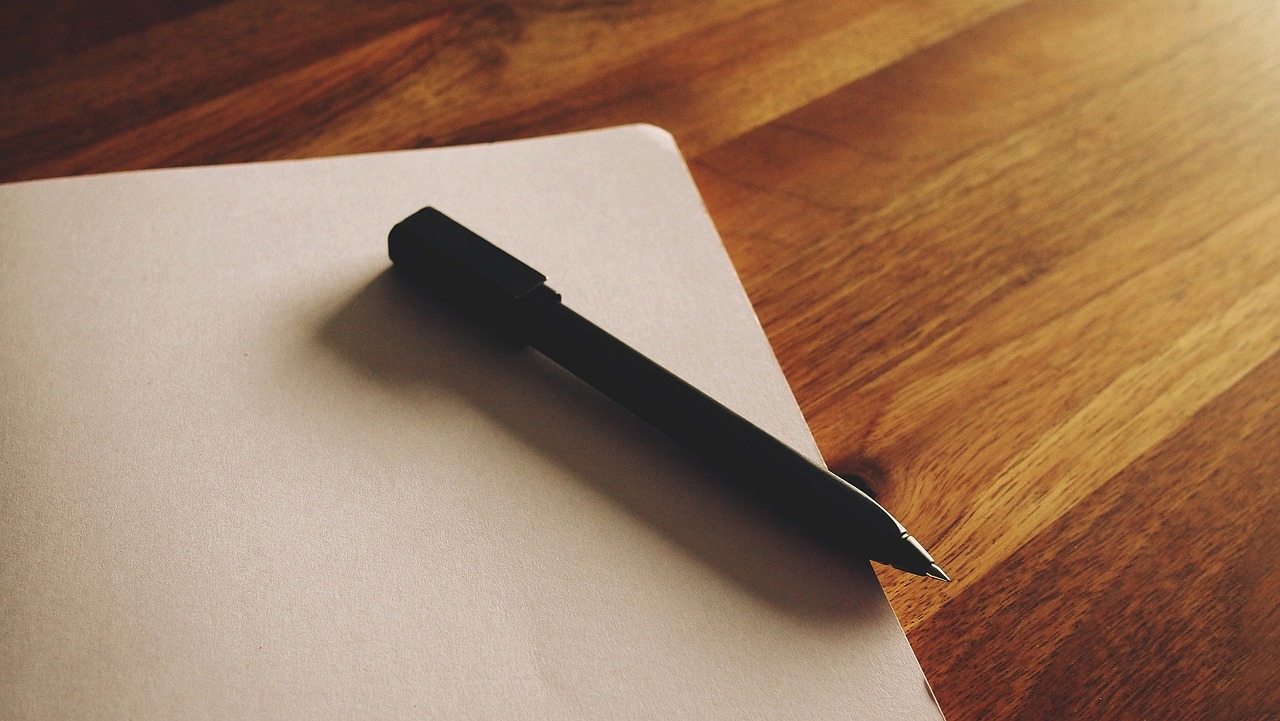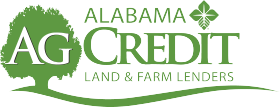How to Create and Use a Balance Sheet For Your Farm
Establishing a balance sheet for your farm is essential. Just like you go to the doctor every year for a check-up to gauge your health, checking in with your farm’s finances using a balance sheet allows you to evaluate the financial health of your business and make adjustments to improve it.
Over time, you can compare your yearly balance sheets to see trends and measure your progress. For example, you’ll be able to see whether your equity is growing or shrinking and if you’re maintaining adequate liquidity. When used correctly, a simple balance sheet can even address whether your operation has long-term viability and help you overcome financial challenges by allowing you to make more accurate predictions and strategies.
How Do You Create a Balance Sheet?
Creating a balance sheet is relatively straightforward. All you have to do is look at your finances and create two columns. List current and noncurrent assets (what you own) in one column and current and noncurrent liabilities (what you owe) in the other. Then, add up each column to get your total assets and liabilities. The difference (assets - liabilities) in the totals is your operation’s equity or solvency, which measures the relationship between assets, liabilities, and equity as an assessment of the overall “health” of your operation.
When Should You Create Your Farm Balance Sheet?
The majority of businesses update their balance sheets at the end of each accounting period, such as the end of the tax year. Others check their numbers quarterly.
When you create a balance sheet for your farm may depend on what type of business you have. For grain operators, post-harvest is a good time to update balance sheets because the information will be more accurate and provide more valuable insights. Meanwhile, the best time for cow-calf operations to create a balance sheet is when calves are on the ground.
When you prepare your balance sheet doesn’t matter as long as the timing works for you and your business, and you do it consistently. What’s most important is that you try to update your balance at the same time each year, so you have a more accurate comparison.
If you’re not sure when the best time would be to create your farm balance sheet, consider your finances at certain times of the year and how volatile they can be. When would you have the most information and the best overall idea of your operation’s health?
Understanding Your Balance Sheet
Now that you’ve familiarized yourself with a balance sheet and when you should create one for your farming operation, let’s dig deeper into why it’s important. At first, you may think that a balance sheet is just a necessity to check off your to-do list, something that everyone just has to do, but there’s a lot of interesting information in your balance sheet. When you really understand your balance sheet and can pick up on all the key insights it can provide, you’ll be able to make better financial decisions.
Balance Sheet Assets
Let’s first look at the asset side of the balance sheet. Assets are everything owned by a business or individual. Current assets are considered “liquid,” which means they act as cash in hand or can be turned into cash quickly. Liquid assets include checking and savings accounts or mutual funds, stored production (such as grain in the bin), market livestock and growing crops, feed on hand, paid-for-but-not-yet-used inputs or other supplies, and accounts receivable. Liquidity is important for businesses, especially those in volatile industries like agriculture, as it provides cash flow for expenses and emergencies.
Noncurrent assets are those that typically can’t be converted to cash in a short-time, such as machinery and equipment, vehicles, breeding livestock, co-op stock, farmland, properties and buildings (like your home), or a retirement account that’s subject to government withdrawal penalties, etc.
Balance Sheet Liabilities
Current liabilities, or owed balances, are those that are due right away—usually within the next 12 months. This includes accounts payable (such as for inputs or land rent), farm taxes, current notes and credit lines, accrued interest on operating or term loans, the current portion of principal due within 12 months, credit card debt, or loan payments to family members.
Noncurrent liabilities are owed balances that have a life span of more than one year, such as loans for vehicles, machinery, farmland, or a home. Noncurrent liabilities could also include an agreement to buy out a partner or a parent’s share of the business.
Valuation Issues: Market Price vs. Cost
While the concept of a balance sheet is fairly simple, there are certain grey areas that you might run into. For instance, how do you estimate the value of grain in a bin or market livestock? Machinery or equipment? Farmland? Do you use a cost basis or a market basis? In some cases, the resulting value can be quite different depending on how you look at it, which can greatly impact your final balance sheet values.
For the production of commodities such as grain and livestock, using a market valuation makes sense. The market price might be locked in via a sales contract or a local destination’s delivery price. While the value of unsold inventory changes daily, producers often use the prices listed on the date their balance sheet is completed to approximate the value of their assets.
Putting a value on vehicles or machinery is more difficult. A piece of machinery that costs $250,000 new will be valued differently at today’s replacement cost or trade-in market value. Many producers use depreciation to account for changes in value. Just be sure to depreciate every year to ensure consistency and consider any moves in the market for resale or trade purposes.
The value of farmland and other noncurrent assets can also change over time. Again, consistency is key. If you usually estimate assets on a cost basis, continue to do so. This will help you to avoid misrepresentation in your balance sheet due to variations in the market.
Liabilities are a bit easier. The terms of loans are spelled out and the repayment amount on any given day, even for credit cards, can generally be accessed online or through your bank.
Check Your Work
To make sure you’ve included everything on your balance sheet, you can check your work by matching up each line. For each liability, you should have an asset and vice versa. In other words, for every income or asset on a farm, there’s an associated cost. For instance, if a crop is listed as an asset, check that accounts payable for the seed, fertilizer, and chemicals have been included as liabilities.
The Bottom Line of Balance Sheets
Overall, balance sheets are a useful tool for identifying and determining the strength of your operation and your capacity to bear risk. If you’re consistent with when and how you capture your assets and liabilities, it will be easy to see your operation’s financial progression from one year to the next and overcome challenges.
Not only are balance sheets useful to you as the owner of your operation but those on your financial team like your lenders and loan officers. Once you’ve completed your balance sheet, feel free to send it over to these professionals so they can understand your farm’s financial health and better support you and your financial decisions.
If you’d like to speak to a professional about your farm’s balance sheet or need assistance getting started, feel free to contact us. We’d be happy to help!

